Thermoplastic Compound Overview
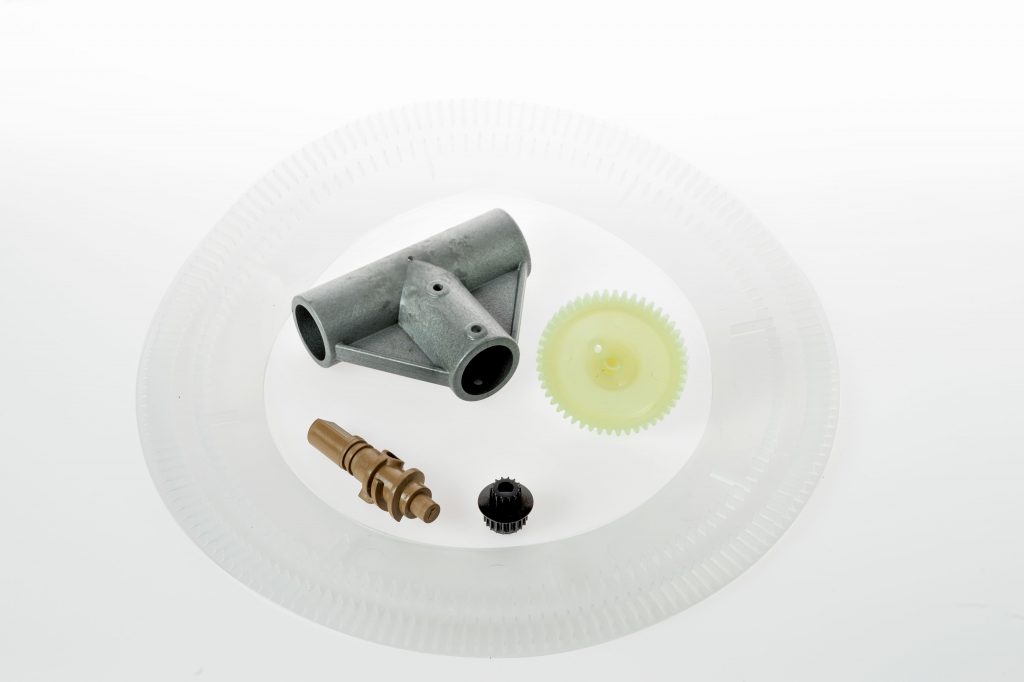 Rebling has been injection molding thermoplastics since 1962. Plastics are a group of synthetic materials made up of long chains of atoms or molecules called monomers such as carbon, hydrogen, and oxygen. These monomers are linked together to form a polymer. The mechanisms that link or bond this molecular chain together and the length of the chain determine the physical and mechanical properties of the material.
Rebling has been injection molding thermoplastics since 1962. Plastics are a group of synthetic materials made up of long chains of atoms or molecules called monomers such as carbon, hydrogen, and oxygen. These monomers are linked together to form a polymer. The mechanisms that link or bond this molecular chain together and the length of the chain determine the physical and mechanical properties of the material.
Thermoplastics can be divided into two groups: amorphous and crystalline type polymers. Amorphous materials have a randomly ordered molecular structure while the molecular structure of crystalline resins is highly ordered. This explains why amorphous materials soften gradually as the temperature rises while crystalline materials maintain the majority of their properties until their glass transition temperatures are reached.
Features of Thermoplastic Polymers: Unlike thermoset polymers, thermoplastics repeatedly soften when heated and harden when cooled allowing them to be recycled and reprocessed. Since thermoplastics cool down and harden in the mold, they can be processed at a faster cycle time than an equivalent thermoset part. They can be solvent bonded or ultrasonically welded; decorated using the pad printing and hot stamping processes; can be assembled to metal parts using ultrasonics, and can be color compounded to almost any requirement. Thermoplastics are moisture sensitive and must be thoroughly dried before processing. Thermoplastics can be processed using injection, extrusion, and blow molding techniques.
Characteristics of Amorphous Materials: The amorphous thermoplastics molded by Rebling include: ABS; polycarbonate; acrylic; polystyrene, PVC, polyetherimide; and polyphenylene oxide. All of these materials are available in transparent grades. Amorphous materials in general have lower chemical resistance and lower strength and stiffness than crystalline materials. Amorphous thermoplastics however have uniform shrinkage rates so shrinkage is more readily predictable using amorphous materials.
Characteristics of Crystalline Materials: Crystalline materials molded at Rebling include: nylon; polyester; polypropylene; polyethylene; acetal; and polyphenylene sulfide. Crystalline materials have a sharply defined glass transition temperature; typically possess improved chemical resistance, strength, and stiffness; process faster than amorphous materials, and have higher non-uniform shrinkage making predictions of final molded dimensions more difficult. They are available in opaque colors only.
Additives, Fillers, and Reinforcements: Both types of thermoplastics are commercially available compounded with additives, fillers, and reinforcements. These include conductive and non-conductive types that alter the physical, mechanical, electrical, and thermal properties of the base resin. The amount of filler and reinforcement is typically expressed as parts by weight e.g. 30% glass filled.
Thermoplastic resins available today offer a wide range of properties enabling them to be used in a multitude of applications. Performance of the molded part is consistent from lot to lot due to advances in both material formulation and molding machine controls. Rebling molding machines incorporate programmable controllers that insure all molding parameters are repeated each time the part is molded.
In order to take full advantage of the cost saving opportunities afforded by injection molding of thermoplastics, the part design must be scrutinized to insure cycle time and material usage are optimized. Rebling’s engineering staff provides this design service free of charge as part of our customer service initiative.


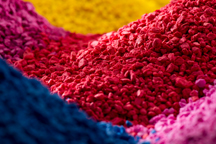 Thermoplastic
Thermoplastic ABS
ABS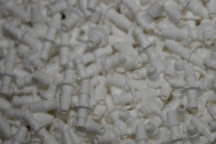 Acetal
Acetal Acrylic
Acrylic EMI
EMI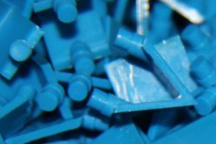 Noryl (PPO)
Noryl (PPO) Nylon (Polyamide)
Nylon (Polyamide)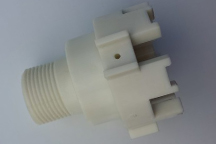 Polybutylene Terephtalate (PBT)
Polybutylene Terephtalate (PBT) Polyether Ether Ketone (PEEK)
Polyether Ether Ketone (PEEK) Polycarbonate (PC)
Polycarbonate (PC)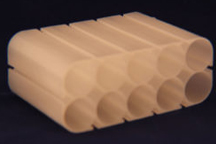 Polyethylene (PE)
Polyethylene (PE)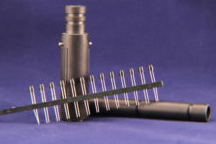 Polyphenylene
Polyphenylene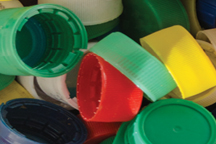 Polypropylene (PP)
Polypropylene (PP)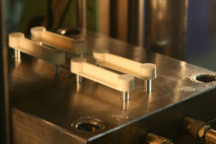 Polystyrene (PS)
Polystyrene (PS)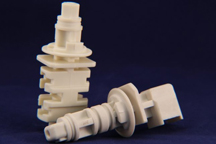 Polysulfone (PSU)
Polysulfone (PSU)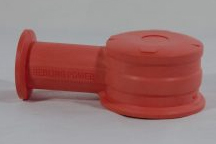 Thermoplastic Elastomers
Thermoplastic Elastomers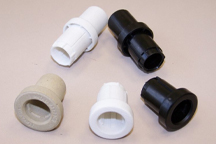 UHMW
UHMW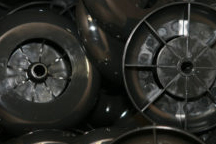 Polyetherimide (Ultem)
Polyetherimide (Ultem)